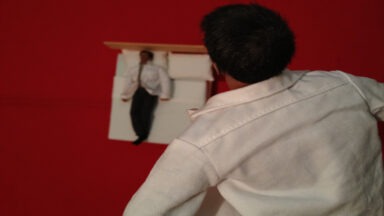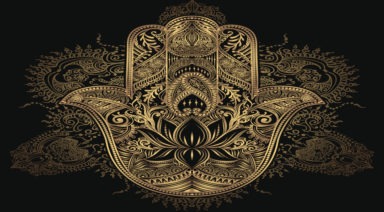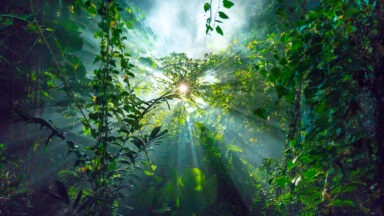Benefits of Specific Plants for Smudging

Any of these plant medicines mentioned below can be placed in a shell, a clay bowl or an open fire. Take the time to witness the smoke purifying and rising, allow the smell of the herbs and incense to bring you into a place of pure presence. As you call forth your prayers, visions, or intentions stay curious, open and full of heart as you engage in your smudging ceremony.
Here are a few of the plant medicines used for smudging and the symbolic meaning behind them:
SAGE
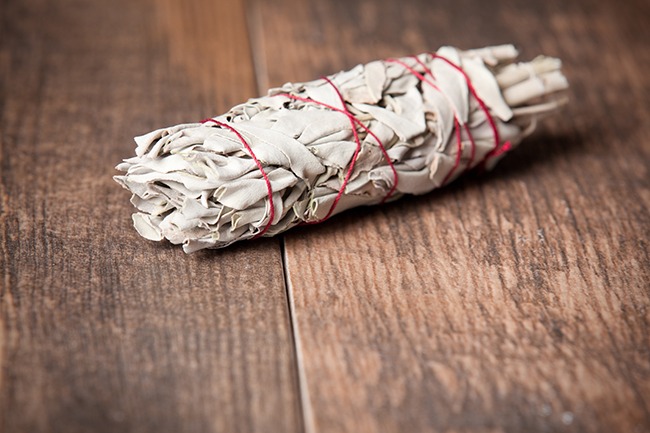
Sage offers clarity, vision, strength and wisdom; it is known as a medicine for Women.
Sage is used traditionally in Native North American, First Nations and Indigenous cultures to represent the life force and maternal lineage of women. Sage can be gathered and bundled to dry in a stick or a smudge stick can be purchased already dried.
CEDAR

Cedar is used to heighten positive energy, to uplift feelings and evoke positive emotions.
Cedar holds the medicine to purify and return balance.
Cedar can also be used as a healing tea as it is very high in Vitamin C. It can be bundled, dried, and burned for purification and to heighten the connection to the spiritual realms.
SWEETGRASS
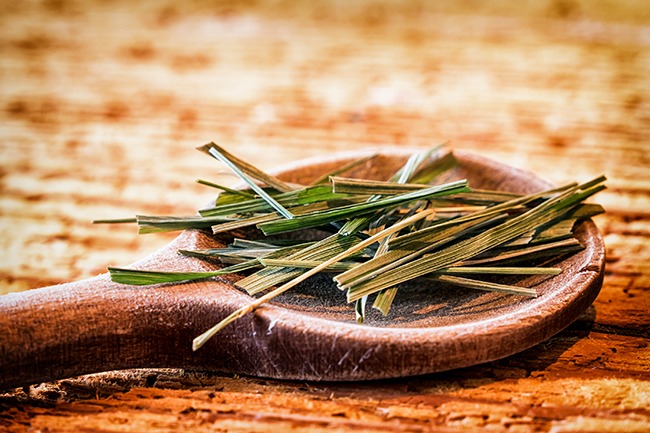
Sweetgrass is on the of the four medicine plants used by all Native Americans/First Nations, the others being sage, cedar and tabacco. Sweetgrass is braided, dried and then burned as a cleansing ritual. As the smoke from smudging rises it is believed that our prayers too will rise up to the world of spirit to be seen, heard, and to be remembered. Sweetgrass symbolizes kindness- as this plant only bends when walked upon and never breaks – may we too remember that if injustices are done upon us may we hold kindness in our hearts and not react with hostility.
Sweetgrass is known as the hair of Mother Earth.
TOBACCO
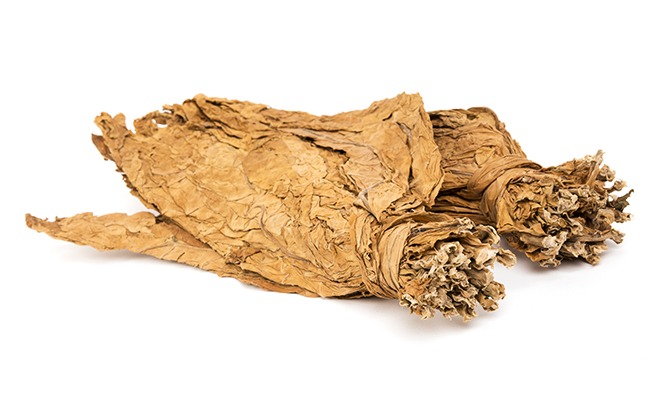
Tobacco is a sacred medicine plant to all North American Indigenous Cultures. Tobacco is believed to be a gateway or a bridge between the Earth and Spirit realms. Historically if tabacco is offered and accepted, then there is a sacred promise sealed. It acts like a commitment made by people and supported by the Spirit World.
Tobacco can be used as a way to thank Mother Earth or the Creator for the abundance and beauty we receive every day.
For example if you saw a beautiful sunrise or a rainbow and you want to give thanks you could leave some Tobacco upon the Earth for this gift of beauty. Tobacco doesn’t need to be smoked.
PALO SANTO
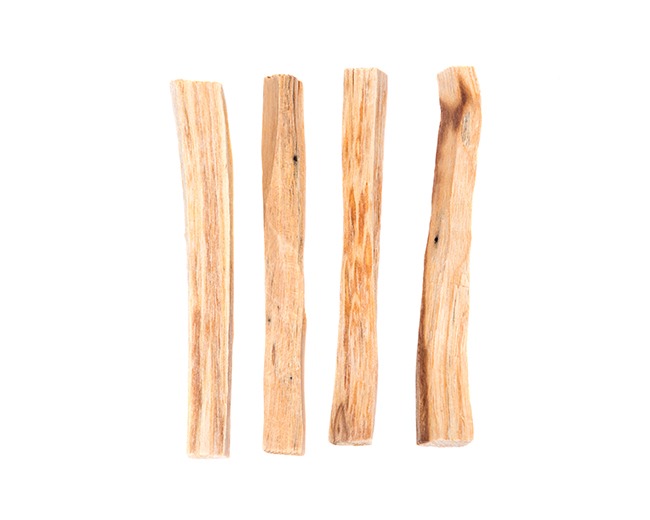
Palo Santo is a mystical tree that grows on the coast of South America and it means “Holy Wood” in Spanish.
Palo Santo looks like a small wooden stick and it’s scent is known to raise the vibration in preparation for meditation, creative endeavors and ceremony.
It’s known to bring a grounded and clear feeling when burned and is related to Frankincense, Myrrh and Copal. It is used the same way as Sage and is burned and fanned with a feather to clear the air and ask the spirits for permission to perform the ceremony.
COPAL
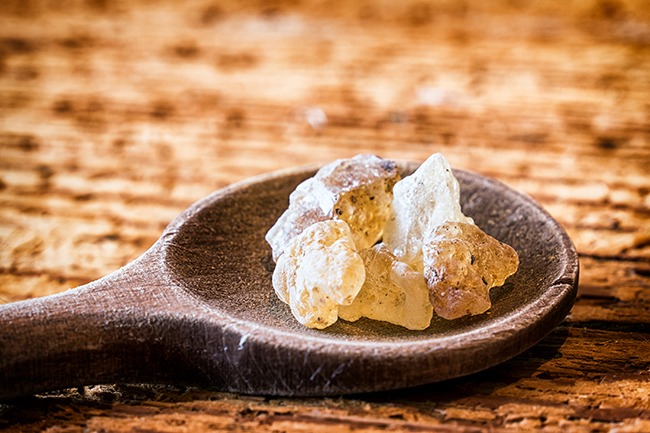
Copal is a natural tree resin and comes from the Buresa tree family in Southern Mexico. Since ancient times, Copal incense has been considered sacred to the Mayan and Aztec people. Offerings were made to the deities and the gods atop the pyramids and the sacred burial grounds. Copal is considered a medicinal tree to the Mayas and is used to clear the body of diseases.
Using copal to smudge before meditation and ceremony can assist in strengthening peace of mind while removing energy blockages from the body.
Using Plant Medicine for a Shamanic Ceremony
[iframe url=”https://www.youtube.com/embed/7WAxyRGth5E”]
explore more…
Psychedelic Experiences Neurologically Mimic Near-Death Experiences
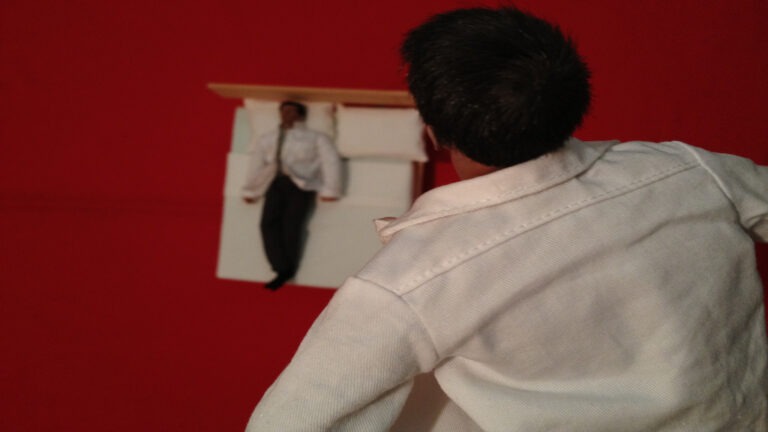
Research suggests the psychedelic trip is remarkably similar to a Near-Death Experience and has been noted for decades. Now, research into the neural activity experienced while under the influence of psychedelics, is providing valuable context for the commonalities.
Dr. Eben Alexander is a neurosurgeon who experienced an NDE in 2008 and has since been studying the phenomenon and sharing his findings in a number of bestselling books.
“This research with psychedelics has been so fascinating,” Alexander said. “Not only does it show that the brain goes dark under the influence of such substances, they actually showed this beautiful inverse correlation between the amount of turning off and dissolution of the Default-Mode Network, as demonstrated on fMRI, with a degree of liberation of consciousness away from the ego into these unfettered realms of transcendental and paranormal experience. It shows us in a very concrete fashion that the brain activity is not actually causing all of this to happen, but it’s more the brain getting out of the way.”
Researcher Dr. Rick Strassman was the first to rigorously study the overlap between the psychedelic experience and the NDE. The commonalities are quite significant.
“It’s all about entering new realms, I mean, entire immersive experiences — worlds that are different from our material realm. That is a very common theme in those drug experiences as well as in near-death experiences. There’s also this extraordinary world of beings, entities, guides, of intelligences. It’s showing this incredible unification, a sense of being, and a binding force of love through these experiences. So, there’s a commonality of lesson and transformation,” Alexander said.








